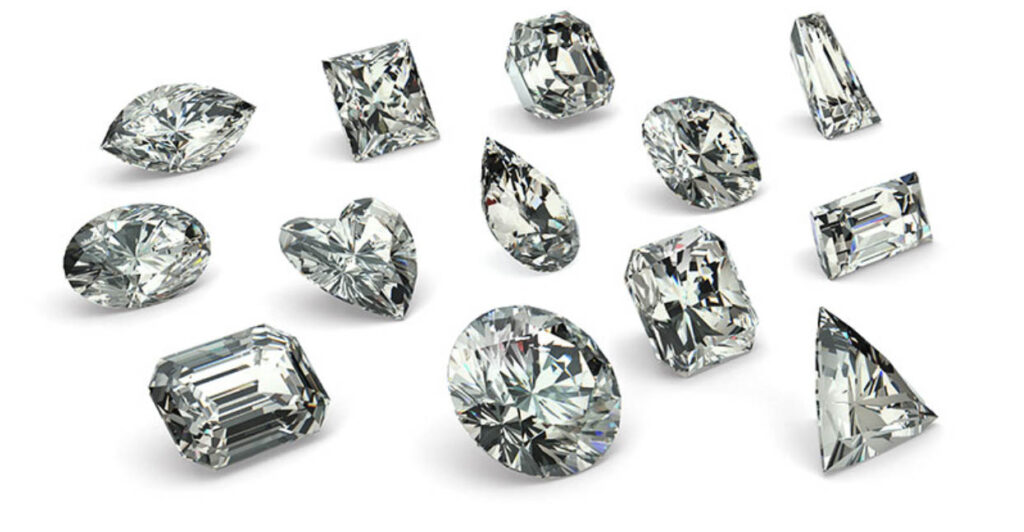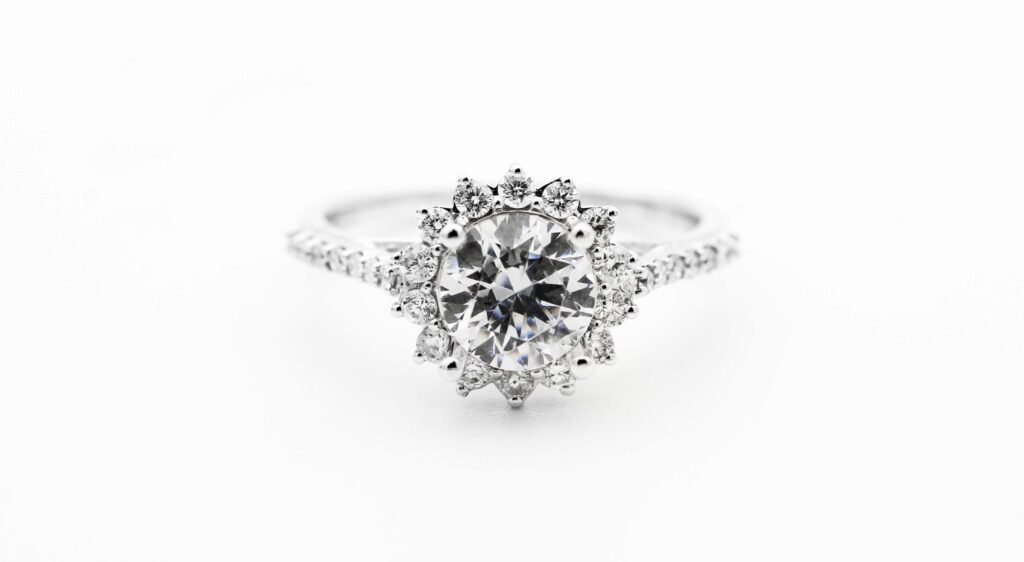
Explore Different Diamond Shapes, Learn their Unique Characteristics, and Make the Perfect Choice for Your Dream Engagement Ring
Choosing an engagement ring is a momentous occasion and one of the most important decisions for any couple. While the metal and style of the ring are important factors to consider, the centerpiece of the ring, the diamond, is often the most significant consideration.
The diamond’s shape is a crucial aspect that defines the overall aesthetic and character of the ring. There are numerous diamond shapes to choose from, each with unique features and a distinct charm. From the traditional and timeless round-cut to the contemporary and edgy princess-cut, every diamond shape has its own beauty and significance.
In this roundup, we will explore some of the most popular diamond shapes available in the market to help you make an informed decision when choosing an engagement ring.
There are several popular diamond shapes used in engagement rings. Some of the most common diamond shapes include:

- Round: The most popular shape, a round diamond is classic and timeless. It is versatile and can be paired with any style of setting.
- Princess: This square-shaped diamond has sharp corners and a brilliant cut. It is a popular choice for engagement rings because it has a modern and contemporary look.
- Emerald: The emearld cut is one of those diamond shapes coming back in style. They has a rectangular shape with cut corners and a step-cut facet arrangement. It has a vintage look and is often paired with a halo setting.
- Oval: The oval has an elongated shape and is perfect for those who want a larger diamond without sacrificing its quality. It also gives the illusion of longer fingers.
- Pear: This unique teardrop shape is both elegant and classic. It is a versatile shape that can be worn in various settings.
- Cushion: This classic diamond has a square or rectangular shape with rounded corners. It has a vintage look and is often used in antique-style settings.

- Marquise: This spear-ish shape has a long, narrow shape with pointed ends. It is a unique shape that can make the fingers appear longer.
- Asscher: One of the most traditional cuts, these have a square shape, cut corners, and a step-cut faceting pattern. It has a vintage look and can give an engagement ring a classic, elegant touch.
- Radiant: This diamond has a square or rectangular shape, cut corners, and a brilliant-cut faceting pattern. It is a versatile shape that can be used in various settings, from classic to modern.
- Heart: The heart is one of the sweeetest diamond shapes with its distinctive heart shape and symbolizes love and romance. It is a unique choice for an engagement ring that will make a statement.
- Trillion: This triangular option and often used as side stones or in three-stone engagement rings. Its unique shape can add a modern and geometric touch to an engagement ring.
- Kite: This is the most unique of most diamond shapes has a unique kite shape with two points at one end and a rounded edge at the other. Its modern form can add a special touch to an engagement ring.
- Old Miners: A distinctive appearance with a smaller top facet, a high crown a large culet/bottom facet, which is typically a square or rectangular shape with softly rounded corners.

Did you know?
One interesting fact about diamonds is that they can be billions of years old. Diamonds are formed deep within the Earth’s mantle under extreme pressure and temperature, and it can take billions of years for them to be brought to the surface through volcanic eruptions.
Some of the oldest diamonds on record have been dated to over 3 billion years old, making them one of the oldest materials on Earth.
A little history:
The history of diamonds dates back thousands of years, and diamonds have played a significant role in many cultures throughout history.
Ancient times: Diamonds were discovered in India over 4,000 years ago and are considered rare and valuable. They were used as religious icons, talismans, and adornments for royalty and wealthy individuals.
Middle Ages: During the Middle Ages, diamonds were brought to Europe through trade routes and were highly prized by royalty and the aristocracy. They were used to adorn crowns, scepters, and other regalia and were considered a symbol of wealth and power.
18th and 19th centuries: The discovery of diamond deposits in Brazil and, later, South Africa led to a significant increase in the availability of diamonds. Diamonds became more affordable and accessible and were no longer limited to the wealthiest members of society.
20th century: In the early 1900s, the De Beers diamond company was formed in South Africa and began to control the global diamond market. Through clever marketing campaigns, De Beers created the idea that diamonds were a symbol of love and commitment, leading to the tradition of giving diamond engagement rings that continues to this day.
These days, diamonds continue to be highly valued and sought after for their beauty and cultural significance. The diamond industry has undergone significant changes recently, with an increased focus on ethical sourcing and sustainability. However, diamonds remain a timeless and enduring symbol of love and devotion.


